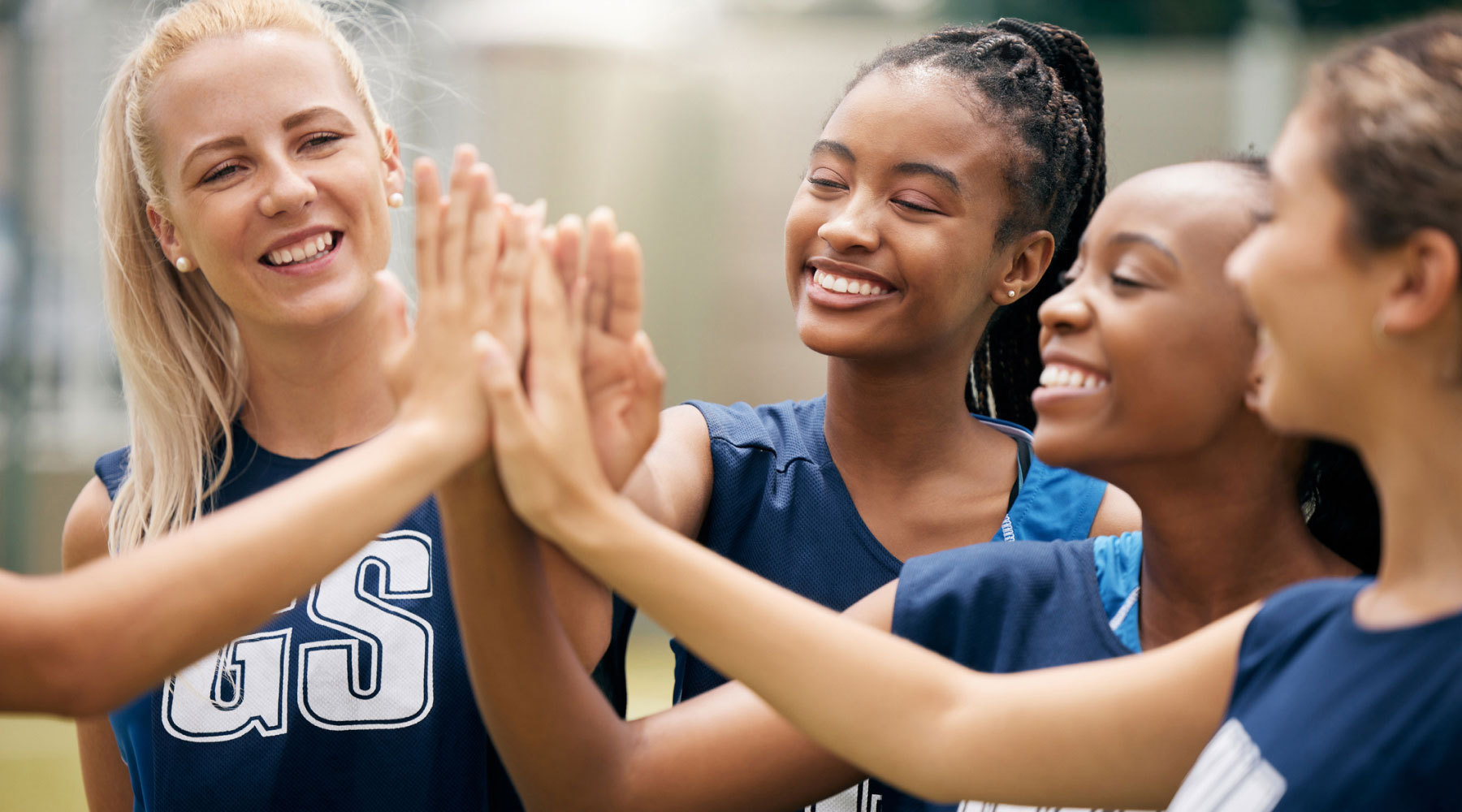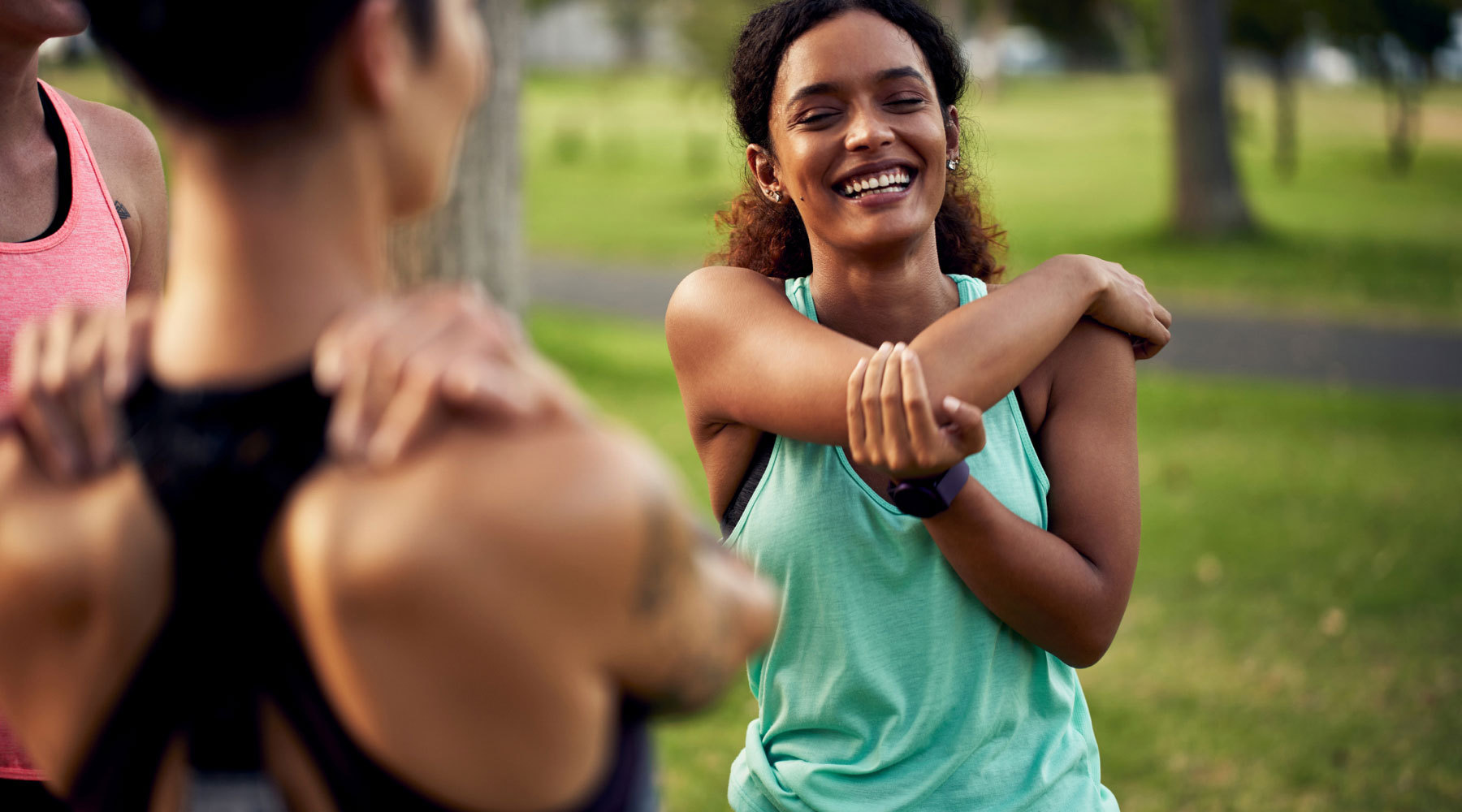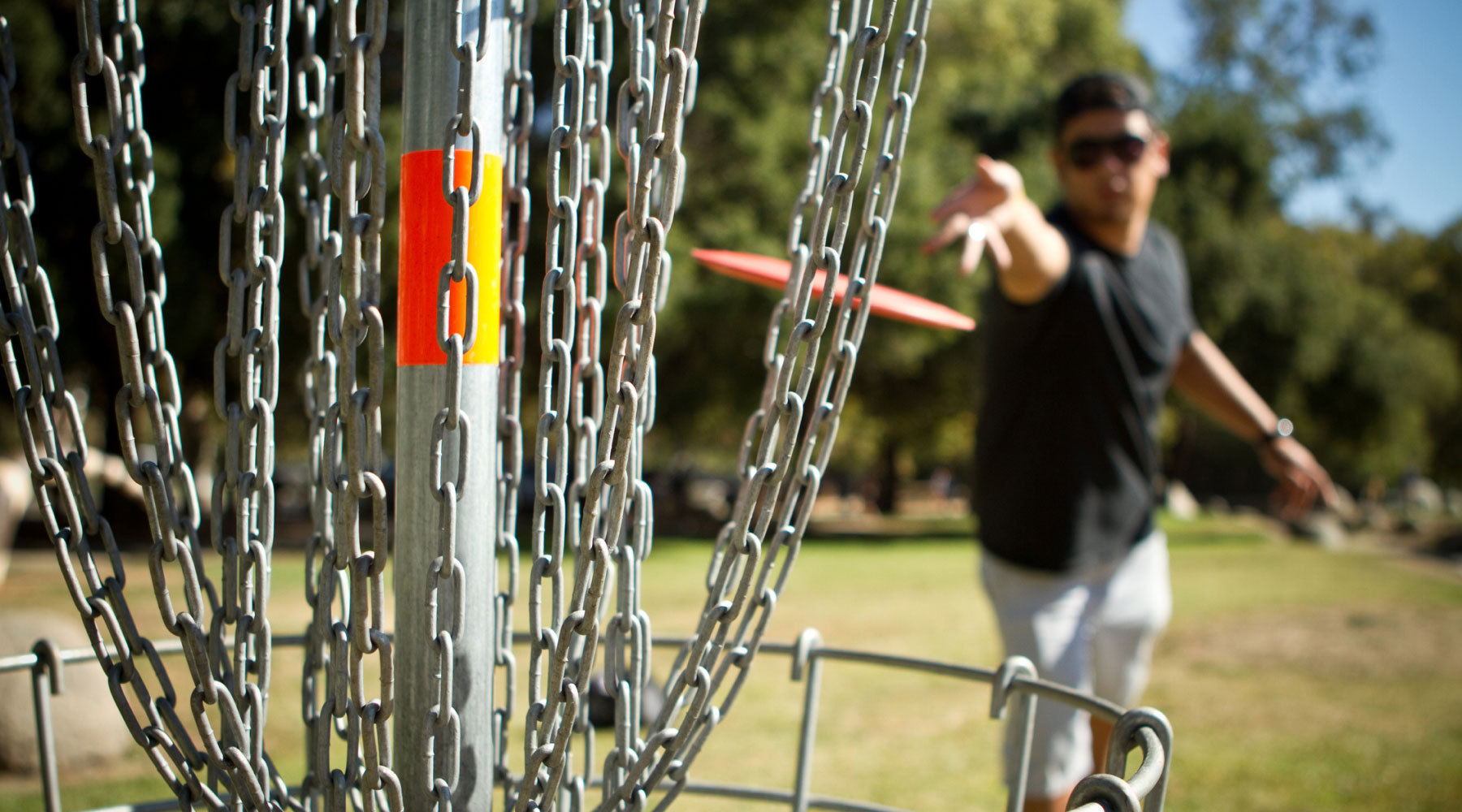
With school back in session and fall sports season underway, it’s time to discuss injury prevention strategies for student athletes participating in football, volleyball, soccer, and other fall sports.
About 8% of adolescents drop out of recreational sporting activities annually because of injury, but there are ways to prevent you from being one of them. Let’s explore the significance of off-season conditioning, gradually easing into practice routines, and the role of sports physicals in ensuring the well-being of a youth athlete.
Off-Season Conditioning
One of the critical preventive measures for student athletes is off-season conditioning. School-based programs are designed to condition muscles, improve agility, and boost overall fitness levels. Engaging in pre-season training programs helps build strength, endurance, and flexibility, which can reduce the risk of injuries.
Considering your sport’s specific demands is crucial when developing an off-season conditioning program. For instance, a football player might emphasize strength and power training, while a soccer player might focus more on endurance and agility.
Regardless of the sport, it’s important to incorporate rest periods into the training regimen to allow your body sufficient time for recovery and repair. These periods also help prevent overtraining, which can lead to injuries, such as tendonitis or runner’s knee.
Remember, the goal of off-season conditioning is to increase performance and prepare the body for the physical stress it will encounter during the season. It’s important for your overall performance, but you don’t want to overdo it and cause an injury—be sure to listen to your body.
Gradual Progression into Practice Routines
Rather than going full-throttle from the start, student athletes should ease into their practice routines. Gradual progression allows the body to adapt to the demands of the sport, minimizing the risk of overuse injuries such as stress fractures or muscle strains. Coaches and trainers play a vital role in monitoring athletes’ workload and ensuring they don’t push themselves too hard too soon.
Starting with lower-intensity workouts and gradually increasing the intensity and duration over time can help avoid sudden shocks to the system. This approach, known as the principle of progression, is a fundamental concept in sports training. It allows athletes progressively build the required stamina and strength without overwhelming their bodies.
Additionally, incorporating a range of activities into their training can help athletes avoid overuse of specific muscle groups, further reducing the risk of injury. Adequate rest is also a key factor in this phase, as fatigue can compromise technique and increase the likelihood of injury.
Importance of Sports Physicals
Sports physicals can ensure that student athletes are healthy enough to compete. These comprehensive examinations assess an athlete’s overall health, identify pre-existing conditions, and evaluate physical fitness levels. They also help detect underlying issues that may predispose athletes to injuries or health concerns during sports participation. Regular sports physicals ensure athletes are physically fit to engage in their chosen sport safely.
Proper Equipment and Safety Gear
The right equipment and safety gear are critical in preventing injuries among student athletes. In contact sports like football and soccer, protective equipment such as helmets, mouth guards, shin guards, and appropriate footwear can significantly minimize the risk of injury. More sophisticated helmets and foams have reduced the acceleration of the head by about 50 percent, which have lessened injuries.
Even in non-contact sports like volleyball, proper athletic shoes, knee pads, and ankle braces can help prevent sprains and other injuries. It’s essential that each piece of equipment fits the individual athlete correctly and is in good condition.
Regular checks and maintenance of the equipment should be conducted to ensure its effectiveness. Proper safety gear can make the difference between minor and serious injuries, and should never be overlooked in any sport.
We’re Here to Help Student Athletes
Access Sports Medicine is committed to providing comprehensive sports medicine services to student athletes. Our team of experienced professionals are here to treat injuries and coordinate care to prevent injuries with appropriate exercises. Our experts also provide guidance on the proper use of equipment and safety gear, further supporting injury prevention. Contact us today to get started.



